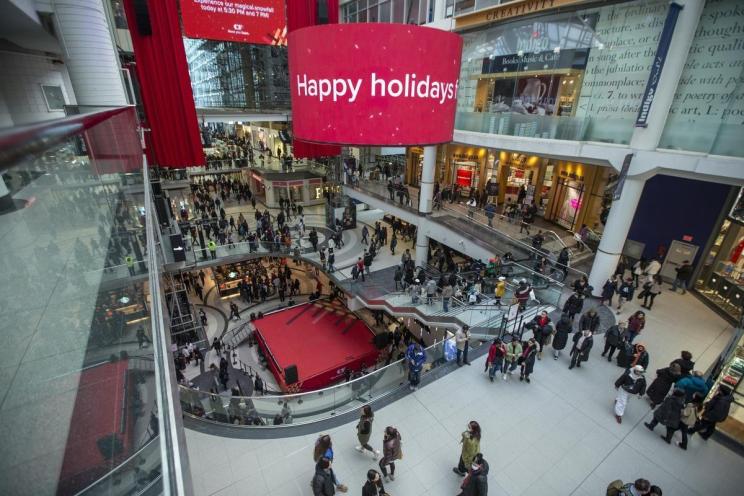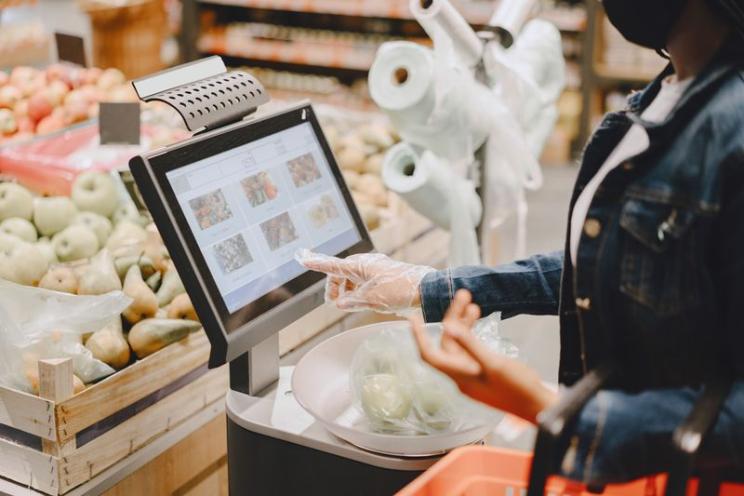
What are the inventory management best practices for restaurants?
What makes most of the restaurant inventory? It’s certainly food items. Since these things are related to nutritive items and consumption, we have to be careful in how we handle those items and how we use them.
At the same time, there’s always the concern of waste and accumulated food costs that reduce the profits for restaurants especially if these costs are unavoidable such as expired items left at the back of your shelves.
Properly handling your inventory is vital for the success of any food business and any inventory oversight increases your costs and impacts your profits.
With food prices going up, it became even more critical to watch inventory levels and monitor your stock to have a tight grip over costs. Since inventory management contributes to cost control, its optimization helps you grasp the most important tools to keep all your costs within a certain limit.
What is restaurant inventory management?
Restaurant inventory management is the process of monitoring your supplies and all the ingredients you need for your food preparation, ordering upon your needs, and storing according to shelf life and expiration dates. You need to have effective inventory management for your long-term sustainability and goals because any shortage is detrimental to your operations and workflow.
How often to do inventory check at restaurants?
There is always a debate over how often to check your inventory. Should it be on a weekly basis or a monthly basis?
Take into account that food items are different where some of them get perishable rapidly while cans for example have a long shelf life. Another thing to consider is the inventory check of dining area items such as chairs and linens.
Even the meat or chicken with 4 days expiry date needs to be checked before the mentioned dates because it might be contaminated even if not expired.
So, what is the answer?
You need to keep a daily record of your food items to check the condition of each item and to find out how much to order for the next day.
For non-perishable items such as your utensils, chairs, linens, and other restaurant items, schedule a monthly check to control damages, breakages, and theft.
Schedule daily checkups at the same time whether after closing or before opening.
What are inventory management best practices?
Track your sales
Tracking your sales is the key to mastering your inventory management. Use your POS system to check and forecast your sales to be able to schedule purchases of your supplies and food items when needed depending on sales history and patterns.
Any issue will be immediately recognized and addressed through the sales reports and hence inventory will be adjusted according to your updated needs.
Create a consistent and regular count schedule
Whether it’s daily, weekly or monthly, a consistent count schedule at the same time every time is essential for effective inventory management that makes the cost of goods sold calculations more manageable and helps decision-making.
This way, you’ll have consistent data to match with prior dates and forecast future order amounts.
If you notice any changes in ordering patterns, it might indicate lower sales or higher sales.
Plan ahead for your seasonal items
Your seasonal items usually lose their popularity out of their seasons. Check your inventory needs on prior dates to set expectations for your orders and to know when to remove them from the menu.
Avoid overstock or understock through proper and effective inventory management.
Recipe costing
Analyze your costs for each recipe based on the prices of each ingredient based on the portion size and amounts used in each platter. Doing it by hand is hectic so rely on POS software to do so through proper menu engineering that enables you to increase your sales and control the costs of your recipes.
Control employee theft
Costs associated with employee theft in the restaurant industry are estimated at $3 to $6 billion which is around 75% of inventory shortage. Employee theft can take several forms such as stealing food whether from the kitchen during preparation or during having their meals or voiding cash checks for instance.
Control employee theft through regular inventory checks through proper managerial processes and close employee monitoring accompanied by the firm and clear accountability processes for effective inventory management and waste prevention.
The POS software with the inventory management feature is a blessing for your stock and cost control. Monitoring your inventory count is no longer an issue to cause you to worry but a reason to improve your operations and grow your business.





